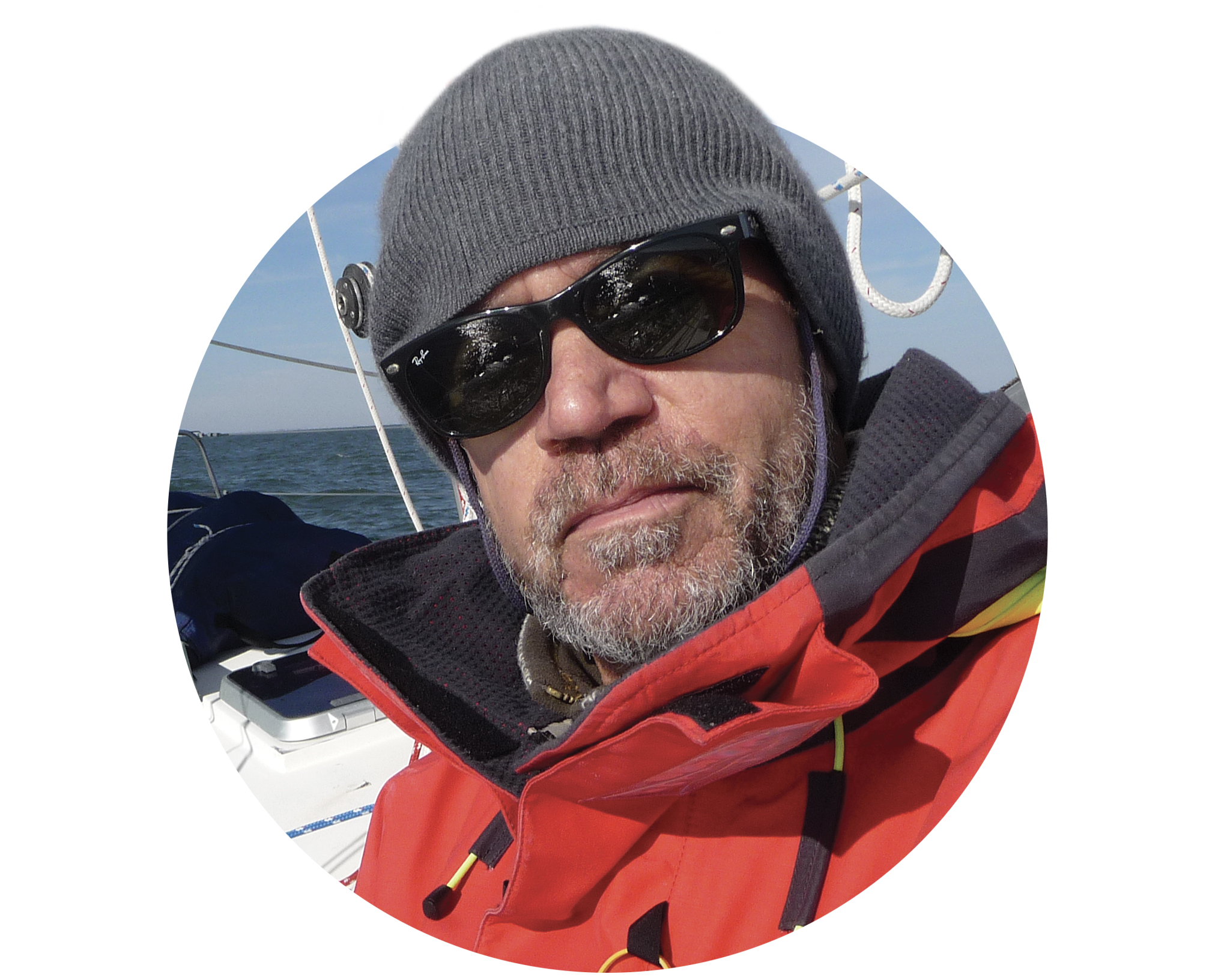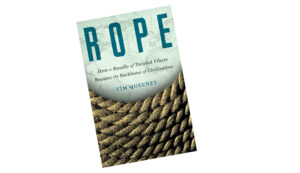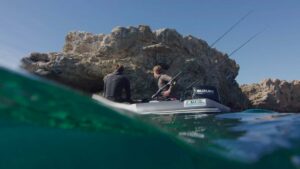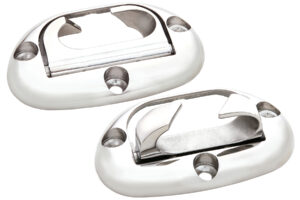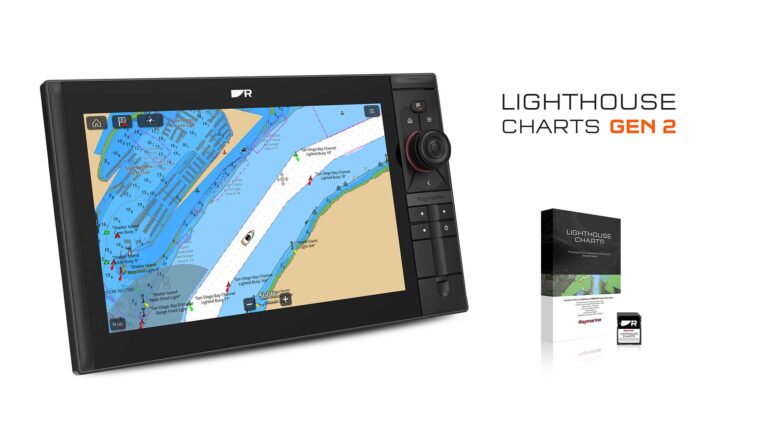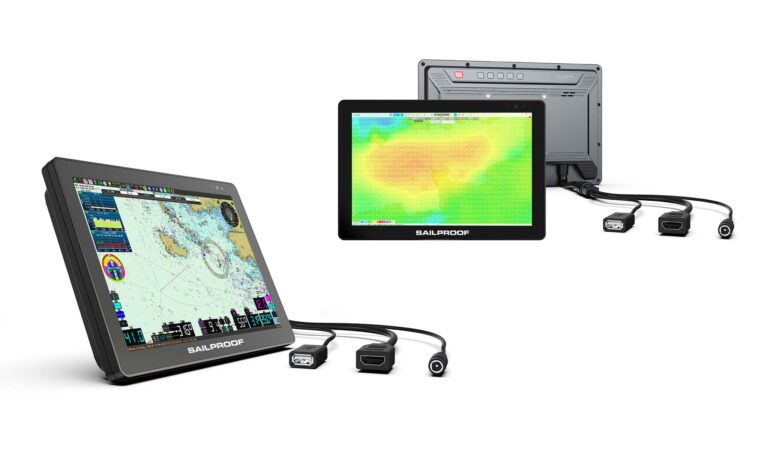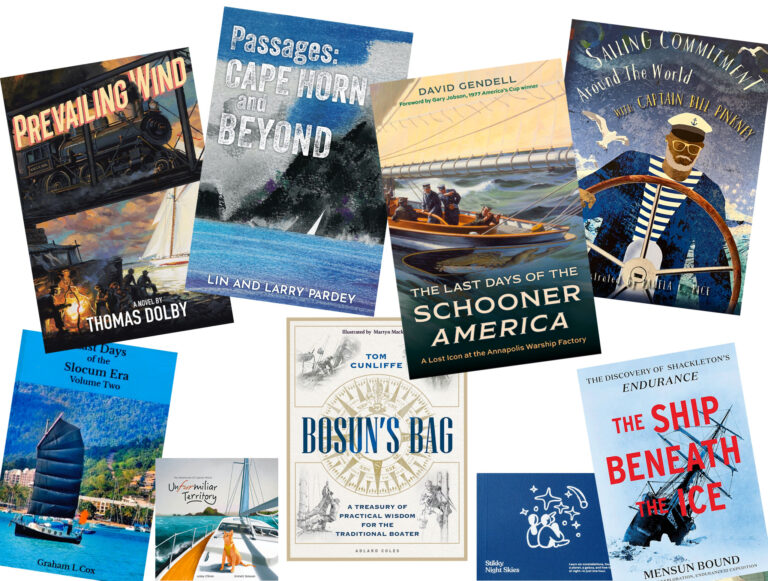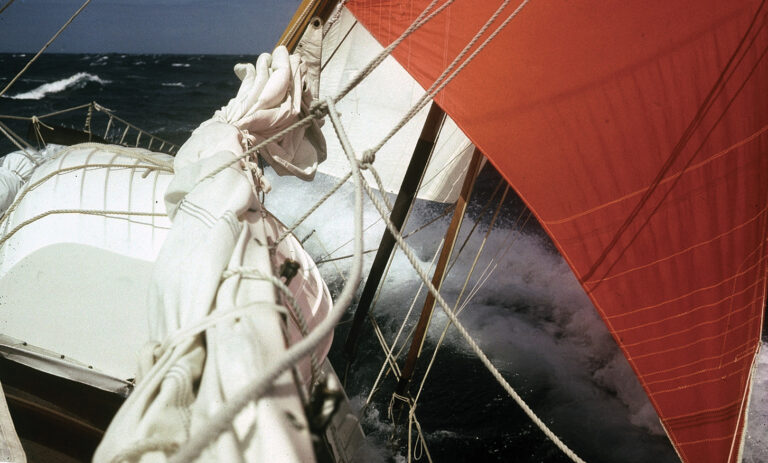By Graham L. Cox,
Vol. 1 (301 pp) $35; Vol. 2 (351 pp) $35,
Random Boats Publishing,
May 2024
Like many cruising sailors of my generation, Graham Cox was first inspired to dream of bluewater voyaging by teen circumnavigator Robin Lee Graham. Unlike most of us, however, Cox had a chance to actually meet Graham in mid-voyage. Raised in Durban, South Africa, Cox’s desire to escape “into a magical place where everything was beautiful” morphed into an abiding interest in ocean sailing after he spotted Graham’s Lapworth 24 Dove on Durban’s International Jetty in October 1967. Cox, then 15, thereafter stalked Graham, age 18, around the waterfront, but was too shy to introduce himself.
Cox became a fixture on the International Jetty, connecting with several voyagers, both famous and obscure, who shuttled through Durban on simple, often engineless boats not much more advanced than Joshua Slocum’s Spray. The most important connection was with the adventurer Dr. David Lewis, who became a lifelong friend. After emigrating to Australia, young Cox helped Lewis prepare Ice Bird for her famous expedition to Antarctica. Later, his first successful ocean passage was aboard Ice Bird as crew, sailing her from Australia to Papua New Guinea.
Cox is an adept writer who is brutally honest when it comes to his own shortcomings. The chapter describing his first attempted ocean passage, as skipper on a tiny ill-prepared boat of his own with one inexperienced crew, is one of the more harrowing accounts of a voyage gone wrong I have ever read. Cox admits he was traumatized by the experience, and it is a wonder he determined to keep sailing in spite of it.
After a long series of self-defeating attempts to build or refit boats to suit his purposes, Cox at last realized his dream in a stout 24-foot steel boat, Arion. He cruised this boat on the Queensland coast as a full-time liveaboard for nearly 25 years—sailing it first as a cutter, then later as a junk—mature enough at last to revel in the beauty he found there.
This creation of Cox’s functions on several levels—first simply as memoir, but also as an informal history and relational genealogy of the 20th-century cruising community. It truly is a bit staggering how many connections Cox has made and kept track of over his life. Volume 2 also provides a primer for anyone interested in junk rigs, as well as something like an evocative cruising guide to Australia’s east coast. You may or may not be as engaged by all these bits and pieces as I was, but the many photos in the two books makes it easy to skip around to the juicy bits.
—Charles J. Doane

November/December 2024

